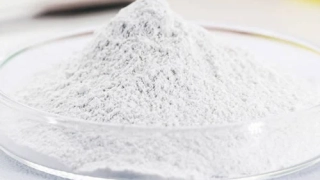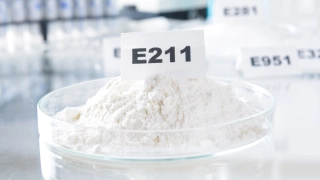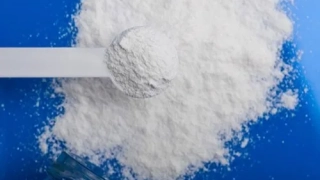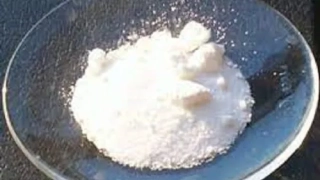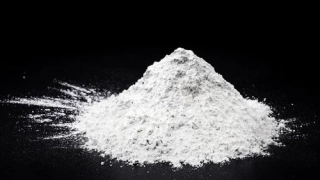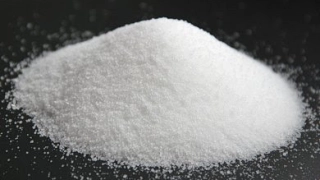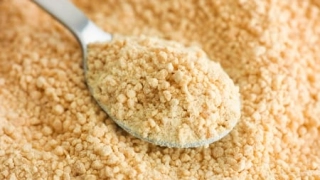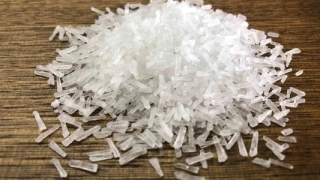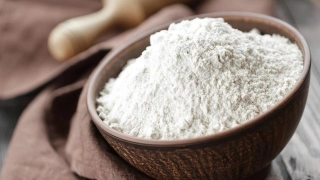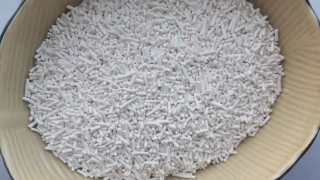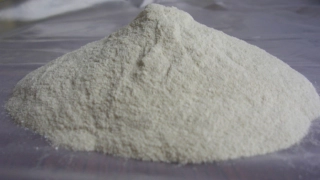Sodium Bicarbonate (E500): Taste Profile, Aroma, Benefits and Health Risks
Sodium bicarbonate (E500), also known as baking soda, is a versatile food additive widely used as a leavening agent, acidity regulator, and stabilizer. It is essential in baking, helping doughs and batters rise, and is found in many types of processed foods and beverages.
Sodium bicarbonate is considered safe for most people and is not associated with common allergens. People on sodium-restricted diets should monitor intake, as it increases total sodium in food.
What does Sodium Bicarbonate (E500) taste like?
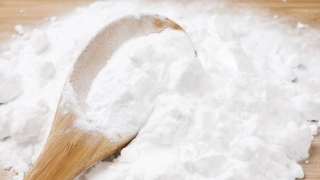
Complete Sensory Description
Taste: Mildly alkaline and slightly salty; in proper amounts, the flavor is not noticeable in finished products, but overuse can leave a soapy or metallic aftertaste.
Aroma: Odorless in pure form, and does not contribute to the aroma of food.
Texture: As a powder, it dissolves quickly and leaves no grittiness. In baked goods, it creates a light, airy, and tender texture.
Appearance: Fine white powder, invisible when mixed into foods.
In-depth Flavor Analysis
Sodium bicarbonate reacts with acids (like vinegar, yogurt, lemon juice, or buttermilk) to release carbon dioxide gas. This process creates bubbles in doughs and batters, causing them to rise and become fluffy. Used in correct amounts, it is flavor-neutral, but excess can result in a metallic, bitter, or soapy taste. Its effectiveness is essential for texture and volume in baked products.
Varieties and Culinary Applications
Sodium bicarbonate is found in cakes, cookies, quick breads, pancakes, crackers, and some beverages. It is also used to regulate acidity in tomato sauces, chocolate, and cocoa powder recipes. Outside baking, it is sometimes added to soft drinks to control pH and in effervescent tablets for its fizzing effect. Home cooks use it widely in baking and some cleaning applications.
Selection and Storage
Available as a pure white powder in sealed packaging. Store in a cool, dry place away from moisture and strong odors. When stored properly, it remains stable for a long time.
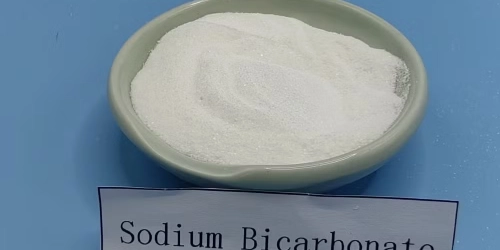
Nutritional Insights
Sodium bicarbonate itself is not a source of calories, vitamins, or minerals. Its only nutritional impact is the addition of sodium, which can be relevant for people monitoring salt intake.
Expert Insights & Culinary Tips
Bakers value sodium bicarbonate for its predictable leavening action and neutral flavor. For best results, balance it with an acid ingredient. Too much can cause excessive browning and off-tastes. It can also be used as a quick fix for overly acidic dishes.
Interesting and Curious Facts
Sodium bicarbonate has been used in baking for over a century. It is also famous as a household cleaner, deodorizer, and even as an emergency remedy for mild heartburn (antacid). Its versatility makes it a staple in both home and industrial kitchens.
Harm and Dietary Considerations
Generally safe at food use levels. Excessive consumption can lead to increased sodium intake, which is not recommended for people with high blood pressure or kidney disease. Very large amounts can cause digestive upset.
Religious Dietary Considerations
Sodium bicarbonate is mineral-based, synthetically produced, and suitable for Halal, Kosher, vegetarian, and vegan diets.
Final Thoughts & Sensory Journey
Sodium bicarbonate (E500) is a quiet workhorse in the kitchen—ensuring baked goods are light, fluffy, and tender, all while leaving virtually no trace of its own flavor.
Resources
Belitz, H.-D., Grosch, W., & Schieberle, P. (2009). Food Chemistry (4th Edition). Springer. ISBN: 978-3540699330
Branen, A. L., Davidson, P. M., & Salminen, S. (2001). Food Additives (2nd Edition). Marcel Dekker. ISBN: 978-0824704382
Fennema, O. R. (1996). Food Chemistry (3rd Edition). Marcel Dekker. ISBN: 978-0824793546
